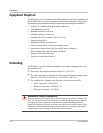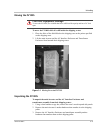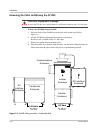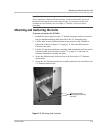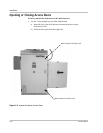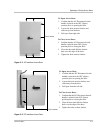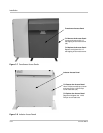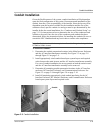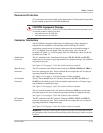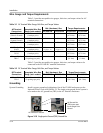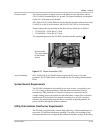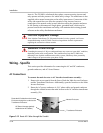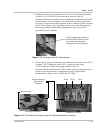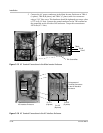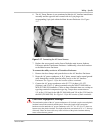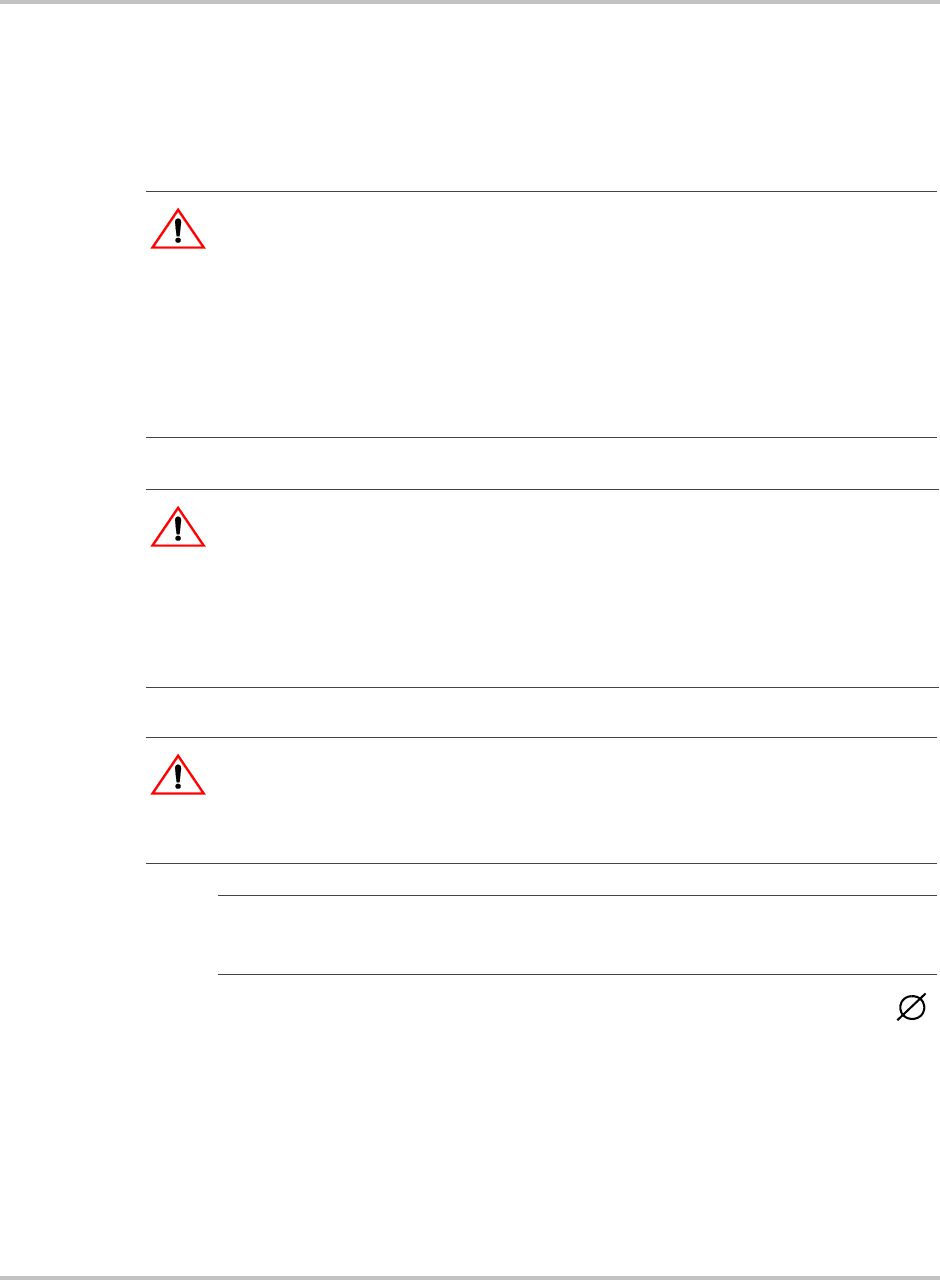
Installation
3–10 152315 Rev C
Wiring - General
All wiring methods and materials shall be in accordance with the National
Electrical Code ANSI/NFPA 70. When sizing conductors and conduits interfacing
to the PV100S, both shall be in accordance with the National Electric Code
ANSI/NFPA 70, as well as all state and local code requirements.
The model PV100S has a three-phase output. It is marked with this symbol:
Conductor size should have been pre-determined when the conduit was installed.
Prepare the appropriate length conductors for each connection.
WARNING: Shock Hazard
The PV100S enclosures contain exposed high-voltage conductors. The enclosure doors
should remain closed with the latches tightened, except during installation, maintenance
or testing. These servicing instructions are for use by qualified personnel who meet all
local and state code requirements for licensing and training for the installation of
Electrical Power Systems with AC and DC voltage to 600 volts. To reduce the risk of
electric shock, do not perform any servicing other than that specified in the installation
instructions unless you are qualified to do so. Do not open the cabinet doors if extreme
moisture is present (rain or heavy dew).
WARNING: Lethal Voltage
In order to remove all sources of voltage from the PV100S, the incoming power must be
de-energized at the source. This may be done at the main utility circuit breaker and by
opening the AC Disconnect and the DC Disconnect Switches on the PV100S. Review the
system configuration to determine all of the possible sources of energy. In addition, allow
5 minutes for the DC bus capacitors, located on the ceiling of the cabinet, to discharge
after removing power.
CAUTION: Equipment Damage
When connecting external AC wires to the PV100S, positive phasing sequence must be
maintained throughout the installation process. Refer to the system schematics in
Appendix A of this manual for proper phasing convention.
Important:
Take care to keep the wire bundles away from any sharp edges which may
damage wire insulation over time. Consult the NEC ANSI/NFPA 70 Code Book to ensure
code compliance.



